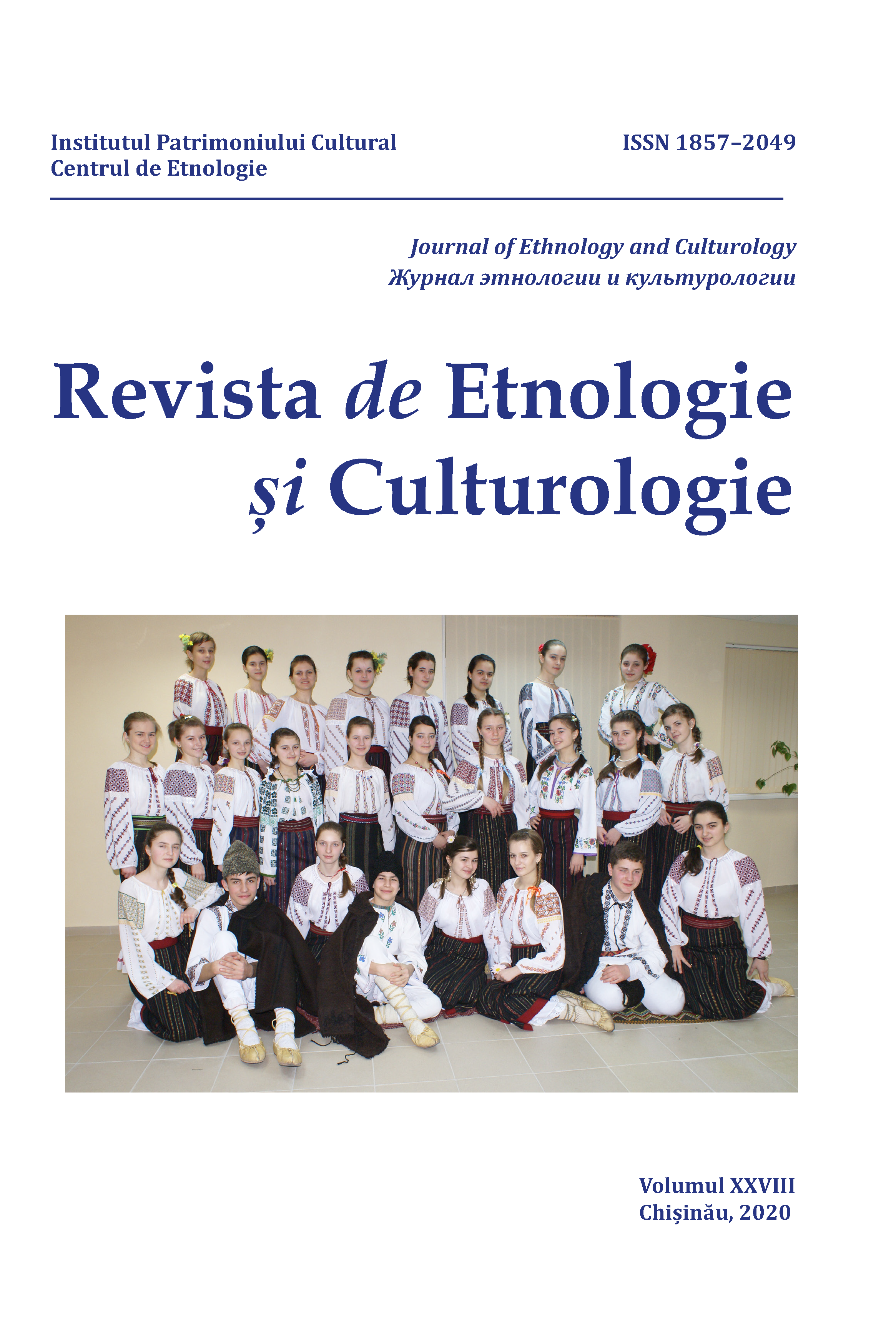Создание нового ромского читателя в СССР (1927–1938): противоречивые подходы
Creating a new Romani reader in the USSR (1927–1938): contradictory approaches
Author(s): Victor ShapovalSubject(s): History, Language studies, Language and Literature Studies, Studies of Literature, Ethnohistory
Published by: Institutul Patrimoniului Cultural al Academiei de Științe a Moldovei
Keywords: Soviet Romani standard language; reading literacy; newly created literature; a new reader’s formation;
Summary/Abstract: The Gypsy Cultural Revolution is an unusual phenomenon, the most active period of which, if we take into account Romani book publishing, lasted a little over a decade. The analysis of special messages to the Roma readers in the books of the 1930s in the Gypsy language is very important for understanding how the culture of reading was developing after Romani books appeared as a new social practice in this previously almost illiterate community. That was a genre of communication between Roma authors and their readers which was aimed both at receiving feedback and at promoting the authors’ new (sometimes barely assimilated) ideological views and new esthetic and behavioral values. The contradictory goals were reflected and refracted in a not fully developed literary language. It was a dramatic collision of aims and opportunities, which nevertheless shaped a new Romani reader for a decade. The means used in order to guide and assist readers were varied and mostly traditional for old literatures: footnotes to explain less known words, short dictionaries of new terms, textbooks proposed by authors and translators, illustrations. On the other hand, the authors were waiting for readers’ help asking them to send Romani words instead of Russian borrowings. Thus, it was a mutually enriching communication that opened up really new horizons of language use beyond the everyday life experience.
Journal: Revista de Etnologie şi Culturologie
- Issue Year: XXVIII/2020
- Issue No: 2
- Page Range: 30-38
- Page Count: 9
- Language: Russian

